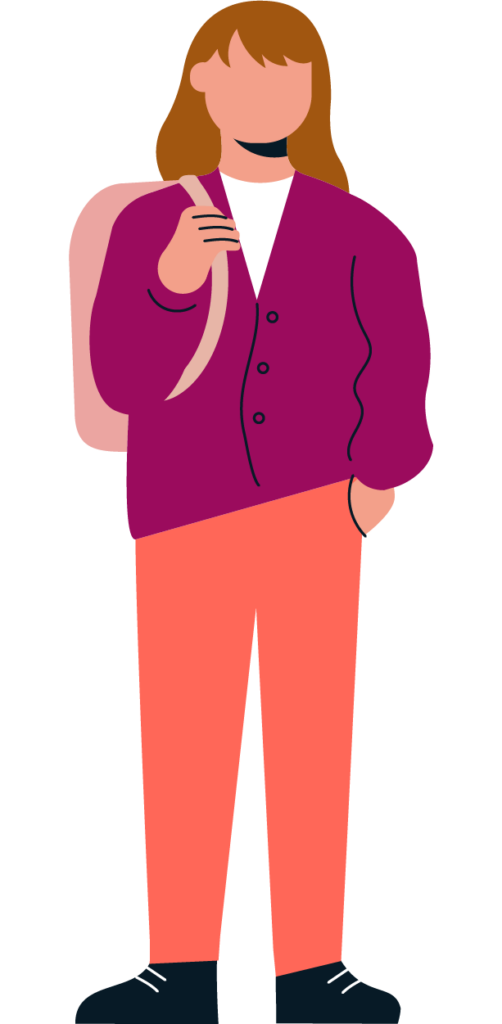Teaching children to use technology
Technology is becoming a larger and larger part of our society. IT can support children/young
people to engage in and take more responsibility in the learning process. It can also be used as an
alternative or addition to handwriting which many children find particularly challenging.
Technology can also play an important role in schools to support a young person’s specific accessing needs. It can be used effectively to support pupils with a wide range of conditions which limit their ability to read and write. Often a difficulty with writing or accessing the curriculum will be identified by the class teacher/assistant or parents, and they may be dealt with effectively within the school and home, without the need to seek input from other professionals. However, if you feel you child needs specialist help talk to the school about whether an assessment from an advisory teacher is warranted.
Touch Typing Programmes
There are a number of great free websites to help your child learn how to type in a fun way!
- BBC Dance Mat
- Typing Club
- How to Type
- Typing Academy
- Nitro Type
- Popcorn Typer
Hardware
Hardware is the collection of physical parts of the computer, including the computer itself,
monitor/screen, and various accessing methods e.g. different keyboards, the mouse and switches.
There are many varieties of keyboards, mice and switches that could help improve access to
computers, smart devices, toys, games, communication devices and environmental controls,
depending on individual need.
- Keyboards – e.g. standard, jumbo/enlarged, mini keyboards, uni-lateral keyboard, overlay
key guards and on-screen keyboard (operated by touch screen or cursor) - Mouse – e.g. small (designed for a small child’s hand), uni-button, (could be used at early
stages of accessing technology or if there are difficulties with left/right discrimination),
standard click, double click, wireless, roller ball, joystick, and thumb mouse (helpful when
there is limited dexterity) - Switches – e.g. tilt, infrared, squeeze, pal pad, spec, button, lever, pincer grip switches and
‘suck and blow’ mouth operated switches. Switches can be operated by different parts of
the body, and positioned or secured on desks, wheelchairs, trays, class chairs, or special
mounting devices etc.
Software
There is a wide range of software packages available to improve access to computers and smart
devices, e.g. communication software, education software, games programmes, website access and Apps, with a variety of operating methods.
- Touch Screen Technology – e.g. large interactive screens, tablets or smart phones
- Educational Programmes and Apps – for computers and smart devices, offer support with
numeracy, reading, writing, literacy, composition and recording of work (e.g. Read and Write
Gold and Clicker), and other curricular subjects - A wide range of specific tools can be selected to meet individual needs, e.g. word prediction,
talking dictionary, picture dictionary, talking calculator and talk back
